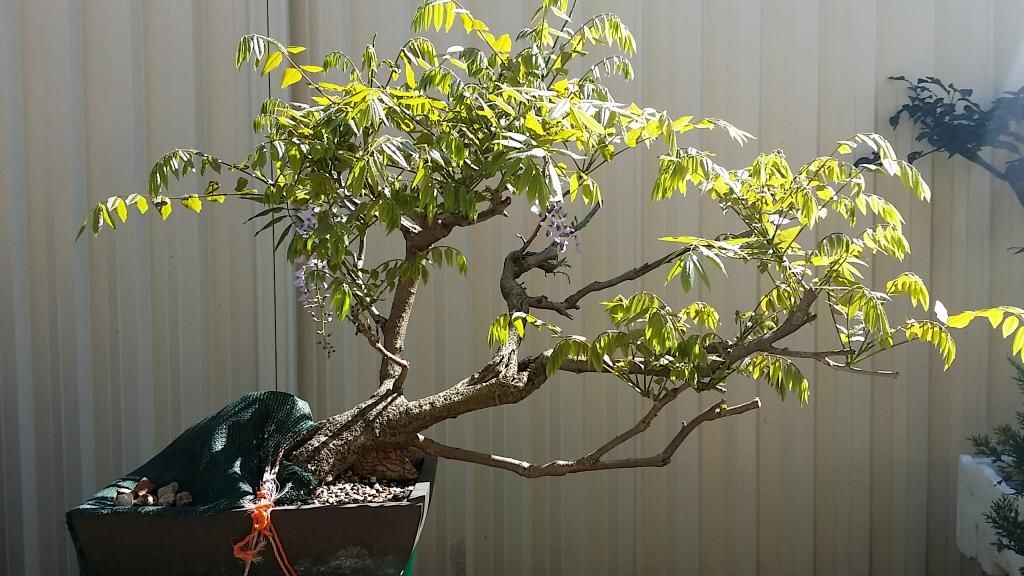Gerard wrote:I have always been unsure of the identification of wisterias, I have 2. I believe my white one is a Japanese wisteria nad my purple one is a Chinese wisteria but surely it is not that simple?
 Identifying Chinese Wisteria
Identifying Chinese Wisteria
Chinese wisteria, also known as wisteria sinesis, has shiny green, alternate, odd and pinnately shaped leaves, four to ten inches long, with seven to thirteen leaflets on four to sixteen stalks.
The fruit is a flattened, velvety bean pod about two to four inches long containing poisonous seeds. In late summer the bean pod cracks open and releases the seeds.
The flowers are white, violet and blue, about six to nine inches long. Typically, Chinese wisteria flower clusters are more abundant than the Japanese wisteria.
Identifying Japanese Wisteria
Japanese wisteria, also known as wisteria floribunda, has shiny, dark green, alternate, odd and pinnately shaped leaves, four to ten inches long, with thirteen to nineteen leaflets on four to sixteen stalks.
The fruit is a flattened, velvety bean pod about two to four inches long containing poisonous seeds. In late summer the bean pod cracks open and releases the seeds.
Japanese wisteria has a more whitish bark with blooms of white, pink, blue and violet. The blooms can reach twenty inches long with a fragrance resembling grapes.
Spiraling Opposites
A curios difference between Chinese and Japanese wisteria is that Chinese wisteria vines spiral clockwise while Japanese wisteria vines spiral in the opposite direction.








